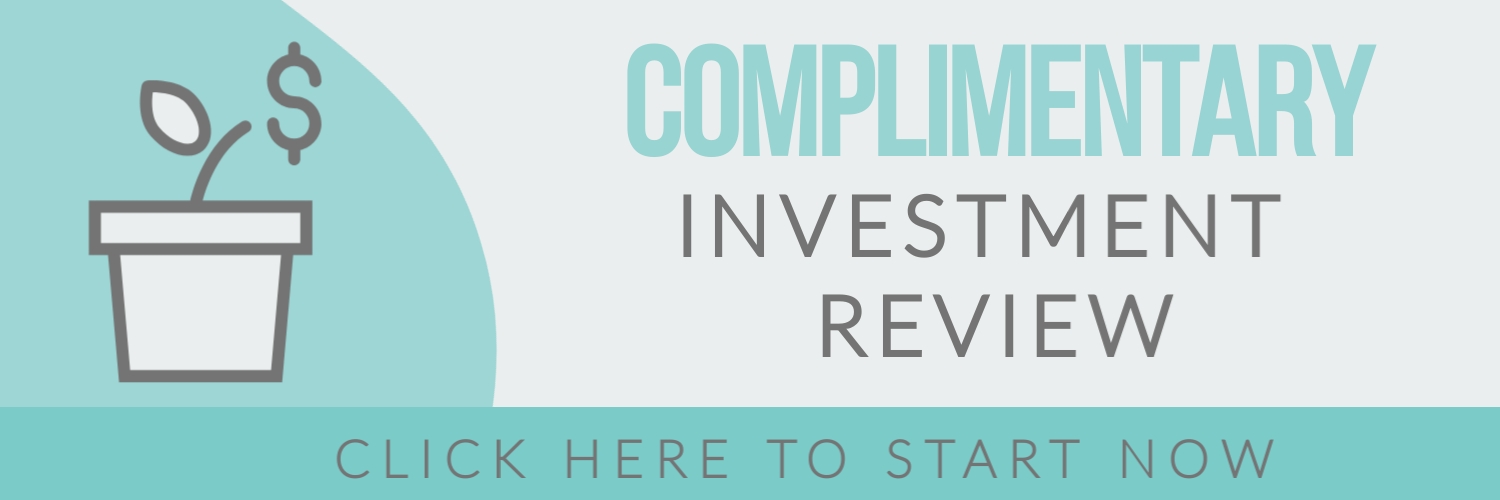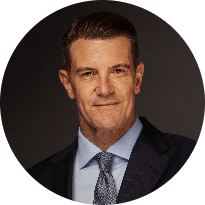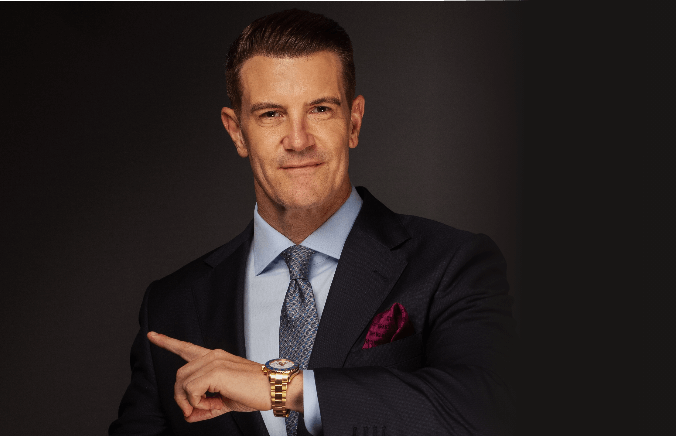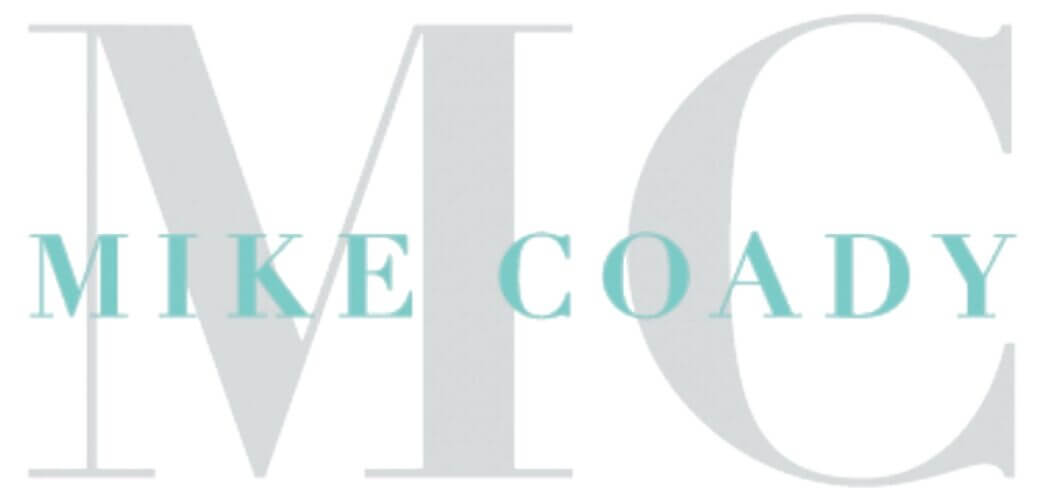
Home Retirement investment patterns: How to stay retired

Retirement investment patterns: How to stay retired
|
Getting your Trinity Audio player ready...
|
Retirement investment is something often overlooked by people who are getting close to retirement. If you are like many investors, you may see retirement as the end of a long financial journey. After all, you’ve been saving your hard-earned money for so many years to get to retirement, right?
Not quite. The goal is not just to get to retirement – it’s to get through retirement. Retiring doesn’t mean much if you do not have the funds needed to live a long and comfortable lifestyle. While this may seem like a semantic argument, it’s an important distinction.
When you view retirement as the end goal, there is a temptation to stop retirement investment once you reach your goal. Many people move their money into investments that are perceived as being safe, such as bank accounts or other cash instruments.
It’s easy to see why that would be tempting. You’ve saved your entire life to retire; the last thing in the world that you want to see is your savings being wiped out by market volatility. If you move your money into a “safe” investment, you avoid that volatility.
There is a problem with this logic, though: you could likely live for decades after you retire. Indeed, people are living so long these days that some people may spend more time being retired than they did working and investing.
While those “safe” investments may not have much volatility, they also do not offer much in the way of return – the trade-off between risk and return that frames nearly every investment decision. If you want to play it safe, the cost of that safety is a potential return.
Inflation: The quiet retirement-killer
You may think that you do not need any return in retirement. You have reached your goal; why do you need to keep making money? Is safety not more important than growth?
The truth is that it is essential to continue to grow your savings in retirement. Retirement investment is a critical part on ensuring you are able to remain retired. Inflation affects nearly every aspect of your life, from groceries to transportation costs to health care. There is simply no way to avoid the steady increase in the cost of living; and as such you need investment growth to combat that inflation.
Let’s consider an example. Assume that you retire with £1,000,000 and you plan to withdraw £50,000 each year for living expenses. If your funds were in a safe investment and had no growth, that income would last you 20 years.
However, there is no way that you could comfortably live on the same amount for 20 years; over time, that £50,000 would have less and less spending power. You would be forced to withdraw more every year to pay for higher-priced milk, fuel, medical costs, and other necessities. In this “safe” example investment, assuming inflation was 2.5% every year, your savings would only last 17 years. If inflation were three percent, your savings would only last 15 years.
Safety is important, but so is growth. The fundamental problem with retirement investment is how to balance the two.
How to manage your retirement investment
The instinct to move towards safer investments is correct, but should not be taken to the extreme of moving into cash and other low-return instruments. The wise approach is to shift your allocation gradually to safer investments over time, giving you a blend of low-volatility assets and those that generate high returns.
One simple approach is to use your age as a measuring stick. Subtract your age from 100 and use that number to determine your shares/funds exposure. If you are 65, but 35% of your portfolio in shares/funds and the remaining 65% in bonds, cash, and less volatile assets. Also worth considering for some are structured products which allow individuals to receive a decent level of income – many clients of mine have received exceptionally strong returns over a three-year investment period – without taking what most experts would consider being an excessive risk.
A more nuanced approach, though, would be to consider what you need from your investments, especially relative to your income. If you have a generous pension, perhaps you do not need income from your investments. Maybe they are to be used in an emergency or simply to pay for travel and other big-ticket items. In that case, you may be able to afford more volatility.
On the other hand, maybe you need regular income from your retirement investment. Perhaps you need to sell shares, bonds, and other assets regularly to maintain your lifestyle. In that case, more caution may be needed.
How can a financial adviser help you?
The key is to work with a financial adviser to develop an action plan. An adviser can help you determine your goals and align your investment strategy with those goals. They can then regularly review the plan with you and make adjustments where needed to manage your wealth.
My experience is that retirement is not – and must not be – the end of the financial planning process; it just marks a shift in strategy.
About Mike Coady
Mike Coady is an expat expert based in Dubai and is on hand to help with all of the above and more.
Mike is an award-winning money coach and industry leader in the financial sector.
Qualified to UK Financial Conduct Authority (FCA) standards, a member of the Chartered Insurance Institute, a Founding Fellow of the Institute of Sales Professionals (FF.ISP), and a Fellow of the Institute of Directors (FIoD) and featured as a highly qualified Financial Adviser in Which Financial Adviser.
To learn how to choose a great financial adviser, download our free guide.
Blog published by Mike Coady.
Related
You May Also Like
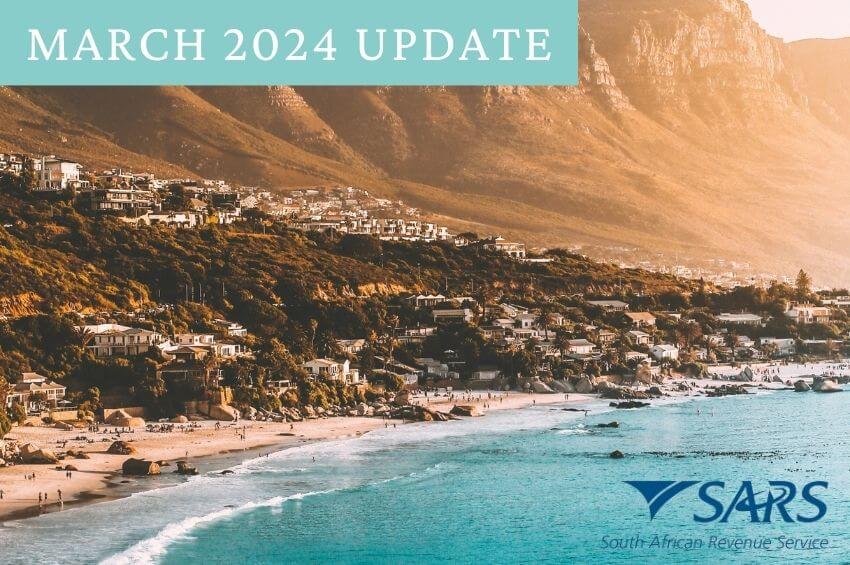
South African Expat Tax Update 2024
South African expatriates should not only understand the newly implemented 2023/2024 tax laws, which aim at taxing their...

British Expats – please cancel your Premium Bonds now!!
“They are nowhere near as good as they used to be and now that you are an expat,...

Let’s learn quality control from manufacturing
Let’s learn quality control from manufacturing I’ve gone on record before saying the quality is never an accident....
DISCLOSURE:
mikecoady.com, the website, does not provide financial, investment or tax advice. It is specially designed to provide its users with general information. It does not give individual or specific advice on which products or services are the most appropriate for an individual’s particular circumstances. We may from time to time publish content on this site that has been created by affiliated or unaffiliated contributors.
